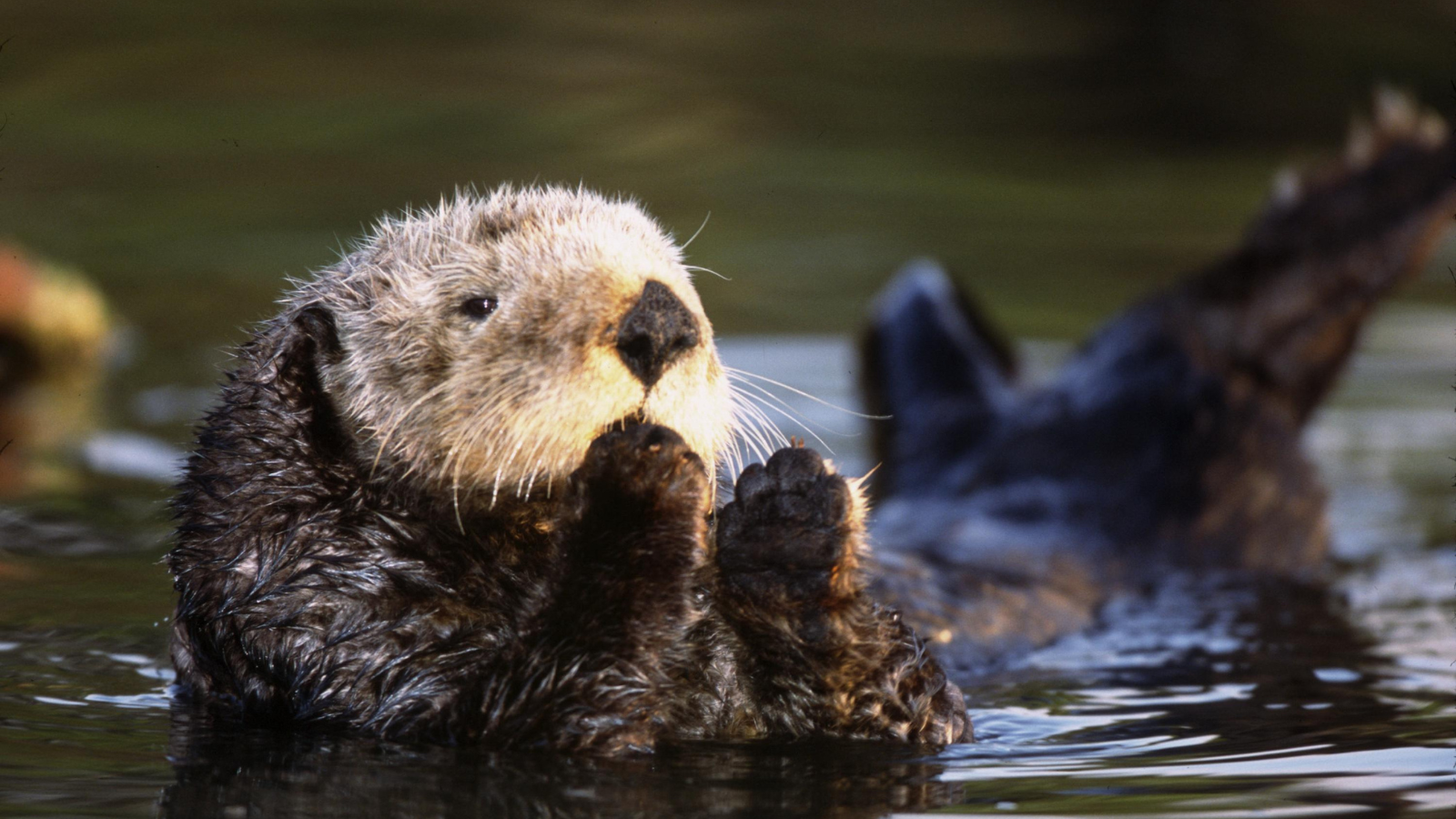
The Florida sand bank abundant with birds
A high-flying overview of some of the amazing birds in the Florida Keys and the importance of conserving one of their favorite habitats.
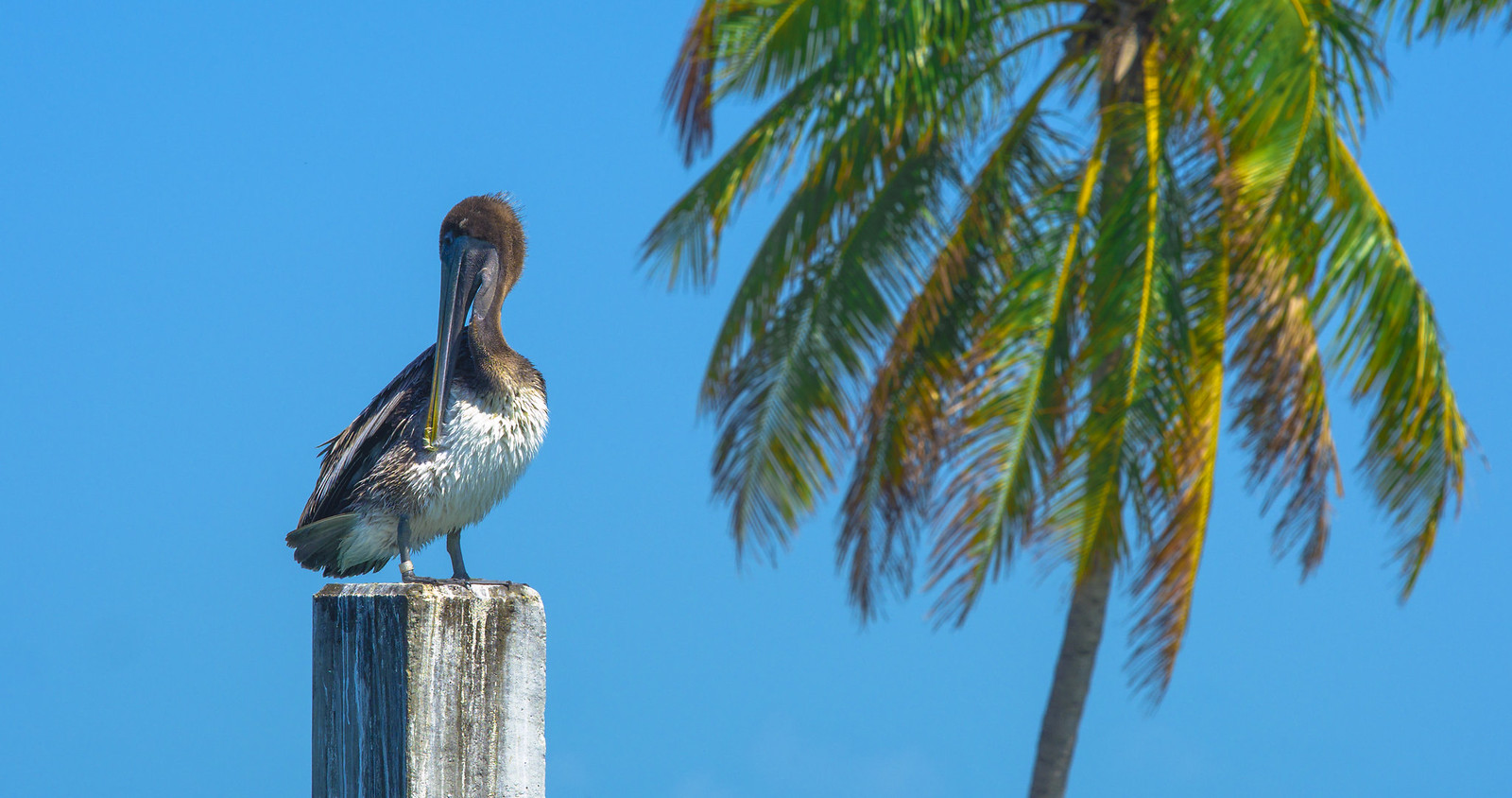
What do wacky sounding words like frigate, spoonbill and egret all have in common? They are names of birds found in abundance on a tiny sandbar in the southern waters of the Sunshine State!
Less than a mile from Conch Key, in the middle of the Florida Keys National Marine Sanctuary, is the 10-acre island Channel Key. The nutrient-rich sediment and the shallow waters surrounding the island support diverse populations of algae, coral, seagrass, sponges and juvenile fish that grow up and go on to inhabit reefs in deeper waters throughout the Keys.
The thriving underwater ecosystem serves as a food source for terrestrial life here. On land, Channel Key contains one of the most diverse nesting and roosting bird populations found in the Sanctuary. Over 20 distinct, fantastic bird species have been identified on this island, such as the Roseate Spoonbill, Magnificent Frigatebird, Reddish Egret and the Brown Pelican – to only name a few.
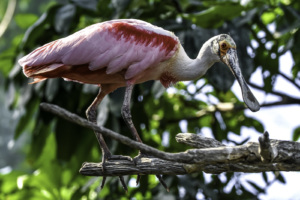
A roseate spoonbill sits on their perch.Photo by Charles Patrick Ewing | CC-BY-2.0
Roseate Spoonbills
Due to their bright pink coloration, Roseate Spoonbills are often confused with flamingos. The similarities, however, end with the color. Flamingos have to eat a diet rich in carotenoid pigments–pigments found in crustaceans such as shrimp and crabs – to maintain their flamboyant colors. Otherwise, they will turn gray.
Although spoonbills may eat quite a bit of shrimp, their strange bill is actually designed to catch mostly small fish. In most places, they eat exclusively fish yet maintain their coloration. Unlike flamingos, these birds hatch pink, live pink and die pink regardless of their diet.
Roseate Spoonbills’ punchy, pink feathers certainly make them a worthy highlight of Channel Key.

A magnificent frigatebird puffs out their chest.Photo by kunhmi | CC-BY-2.0
Magnificent Frigatebirds
Magnificent Frigatebirds are an ocean-bound species that nest and roost along coasts, mostly on small islands. Their long wingspan and sleek body allow frigates to remain in flight for months at time while wandering the global seas. Their feathers are not waterproof so if they touch down on water, they can not retake flight and drown.
This not only means that they have to collect meals by plucking prey from the water’s surface but they also sleep while gliding in-flight.

A white-morph reddish egret “canopying” to catch preyPhoto by Russ W | CC-BY-2.0
Reddish Egrets
Like most water birds, Reddish Egrets’ numbers have dwindled as humans have encroached on coastal habitats where they feed. However, they have always been the rarest of the herons in the Americas.
They feed on fish in very shallow water, usually several inches deep and sometimes use an active feeding behavior called “canopy” or “umbrella” feeding. This behavior allows them to run through the water, then suddenly stop and pop their wings over their head like a spring released umbrella and strike at their prey in one quick motion. The running through the water startles the prey fish and as they flee, they look to shelter under shade which the egret cleverly provides bringing the prey right to where it wants them – within easy striking distance.
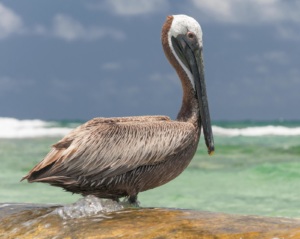
A brown pelican perched on the seashorePhoto by Rodger Evans | CC-BY-2.0
Brown Pelicans
The Brown Pelican is one of many success stories of the Endangered Species Act. The species was decimated by DDT poisoning in the 1960s and federally listed as endangered in 1970. The numbers greatly increased once DDT was banned in 1972 and the species’ numbers increased to the point that the bird was delisted in 2009.
Of the eight species of pelican found globally, the brown is the only one that dives from altitude to capture prey. It makes you wonder how flying as high as 60 feet and then slamming yourself face-first into the water evolved but it certainly works for them!
There’s a lot to know about these amazing avians but those were the essentials!
Overall, as a food source, these birds rely heavily on the seagrasses, sponges and juvenile ocean life that the shallow waters of Channel Key have to offer. In return, the birds help the ocean life in one gross but crucial way: they poop. The sea-life thrives on the nutrients that the birds excrete into the sea.
Here, the terrestrial and marine life exist together in unison; one cannot thrive without the other. That’s why it is so important that Channel Key be preserved to support juvenile fish and bird populations, given that conditions elsewhere in the Florida Keys have declined rapidly in the past couple of decades. Factors like climate change, water pollution, overfishing and plain overuse have damaged the ecosystem and threatened the wildlife that live here. Fortunately, the Sanctuary managers at the National Oceanic and Atmospheric Administration (NOAA) are aware of the declining conditions and have a plan.
To restore the Keys, NOAA has developed and proposed their Florida Keys Restoration Blueprint, which outlines a lot of great policies and recommendations. However, there is more that needs to be done if we are going to save Channel Key and the Keys more broadly.
Under the current proposal, NOAA plans to establish Channel Key as a lightly-protected Wildlife Management Area (WMA) which would create a “no-motor” zone around the island. This will limit the amount of disturbance that nearby boats have to the sensitive underwater ecosystem of young fish, colorful coral and abundant sponges. However, NOAA must do more to protect the terrestrial ecosystem as well and one way to do that would be to establish a “no-entry” area around the landmass of Channel Key. Prohibiting the level of interaction that people have with this area would better protect the sensitive bird habitats and nesting birds that live here. In fact, over 400 nests have been identified on Channel Key and these young birds must be left alone.
Were NOAA to implement a “no-entry” zone alongside a “no-motor” zone, they would protect ocean-dwelling and land-based animals of Channel Key, an island that has two parts that can only thrive together. If NOAA acts swiftly in their implementation of the WMA, they would promote ecosystem diversity on Channel Key and within the Sanctuary as a whole.
Topics
Authors
Ian Giancarlo
Protect Our Oceans Campaign, Advocate, Environment America
Ian works to protect our oceans and marine ecosystems. Ian lives in Portland, Oregon, where he enjoys triathlons, hiking, and local breweries in his free time.
Dr. Jerry Lorenz
Director of Research, Audubon Florida
Jerome Lorenz, PhD is the State Research Director for Audubon Florida and has spent more than 25 years performing applied ecological studies in Florida Bay and the Everglades. His primary research focus has been on the effect of water management practices on Florida Bay by examining food web dynamics of the Roseate Spoonbill.
Find Out More

A wave of youth ocean activism in Boston
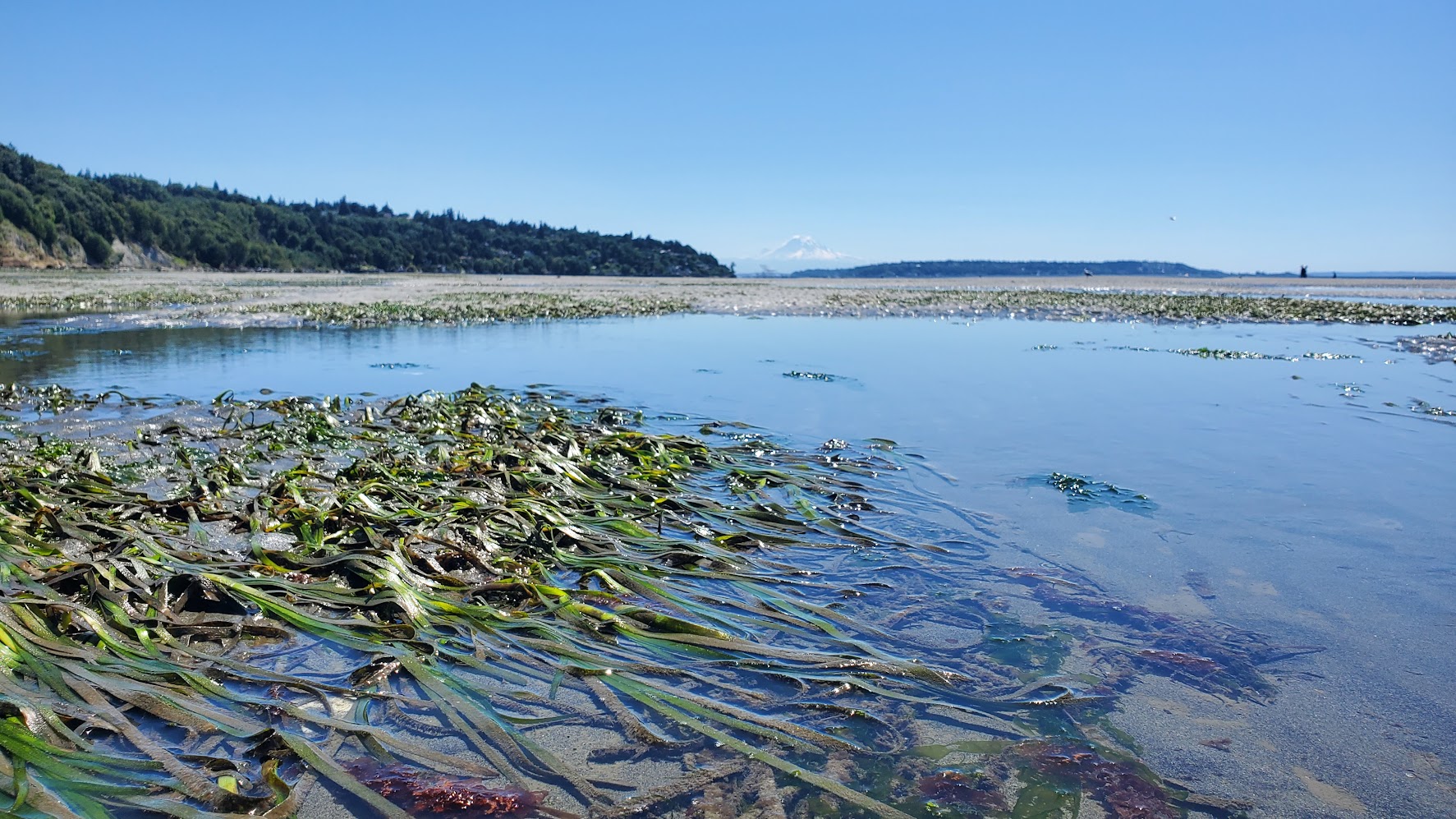
Let’s protect Oregon’s underwater forests
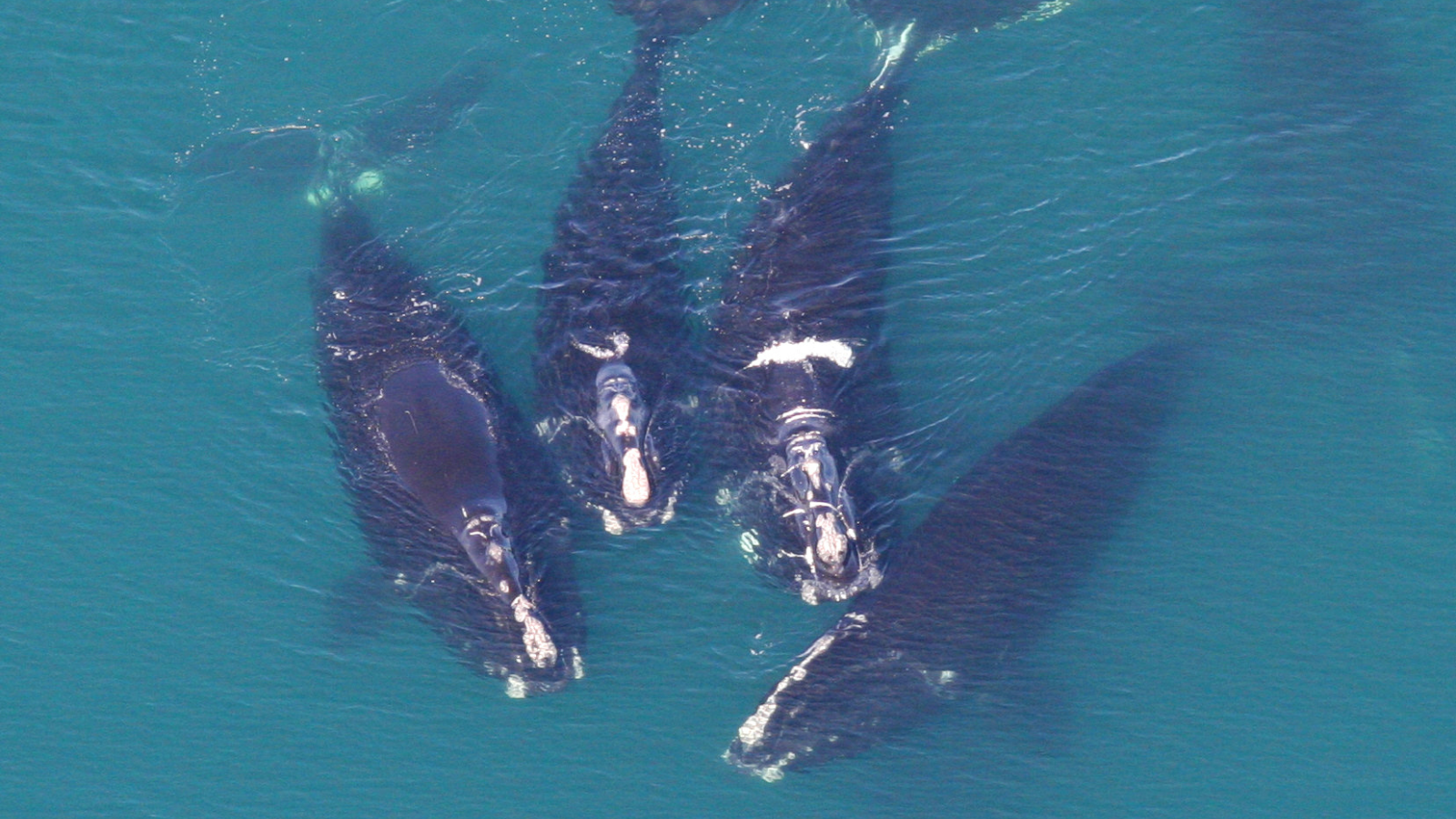
Save the Whales
